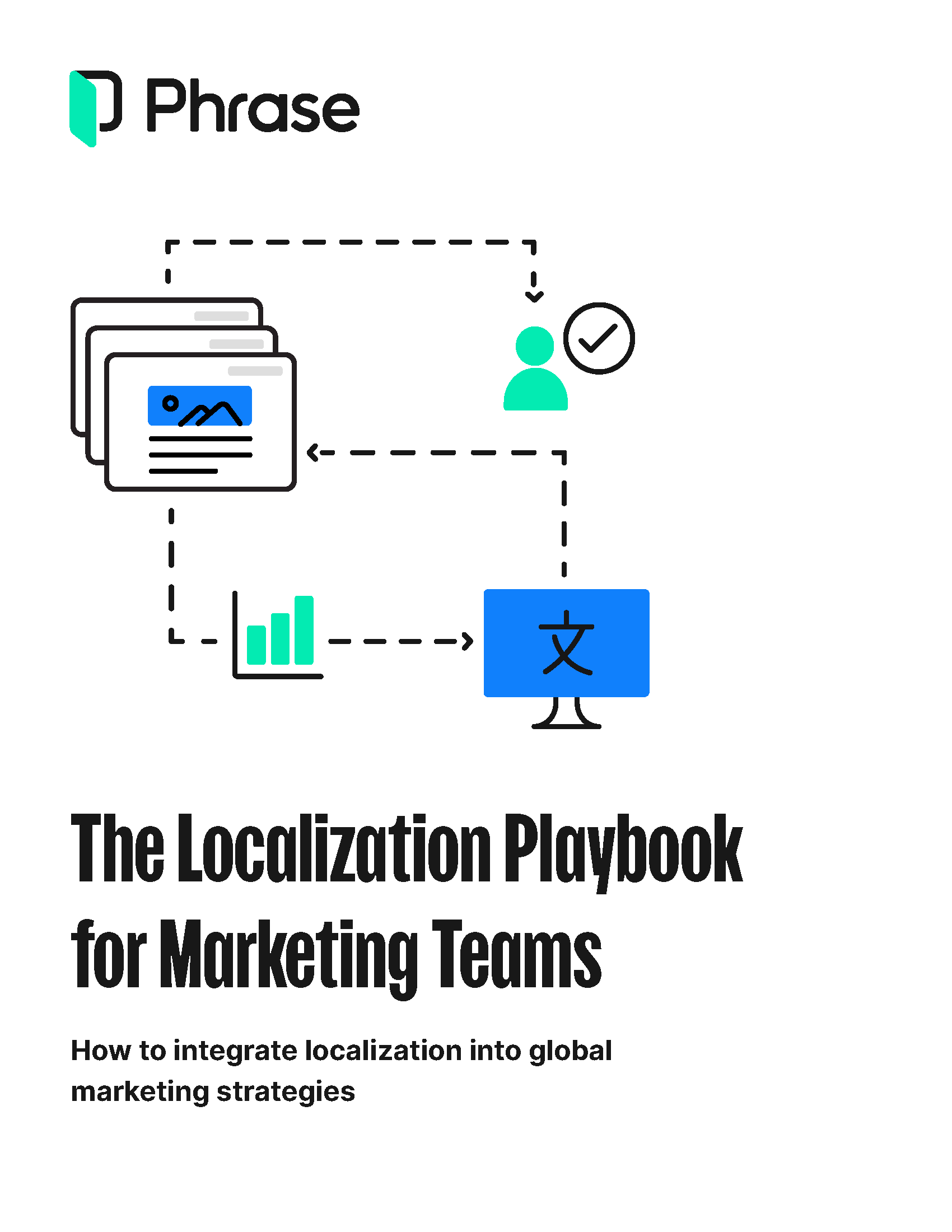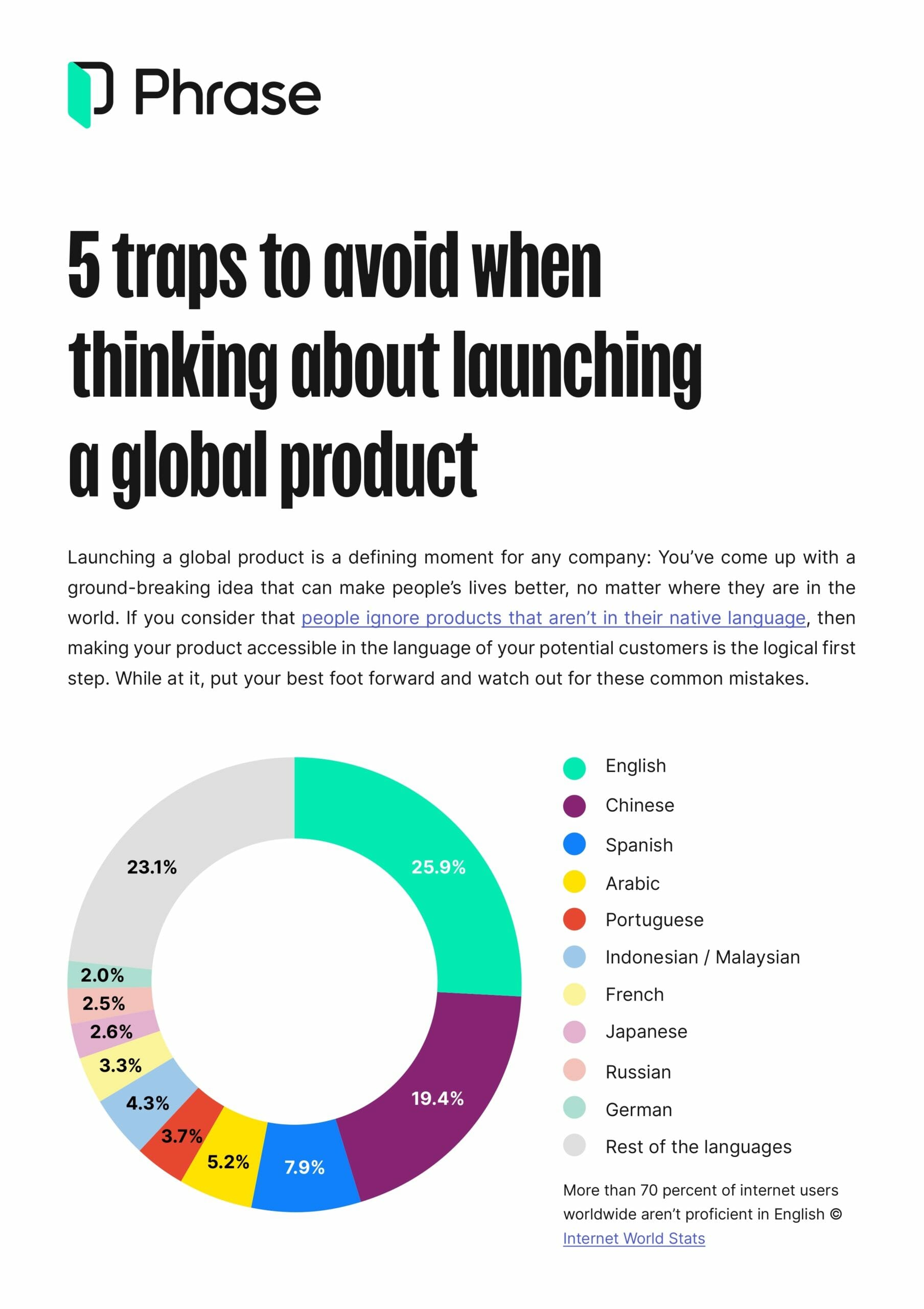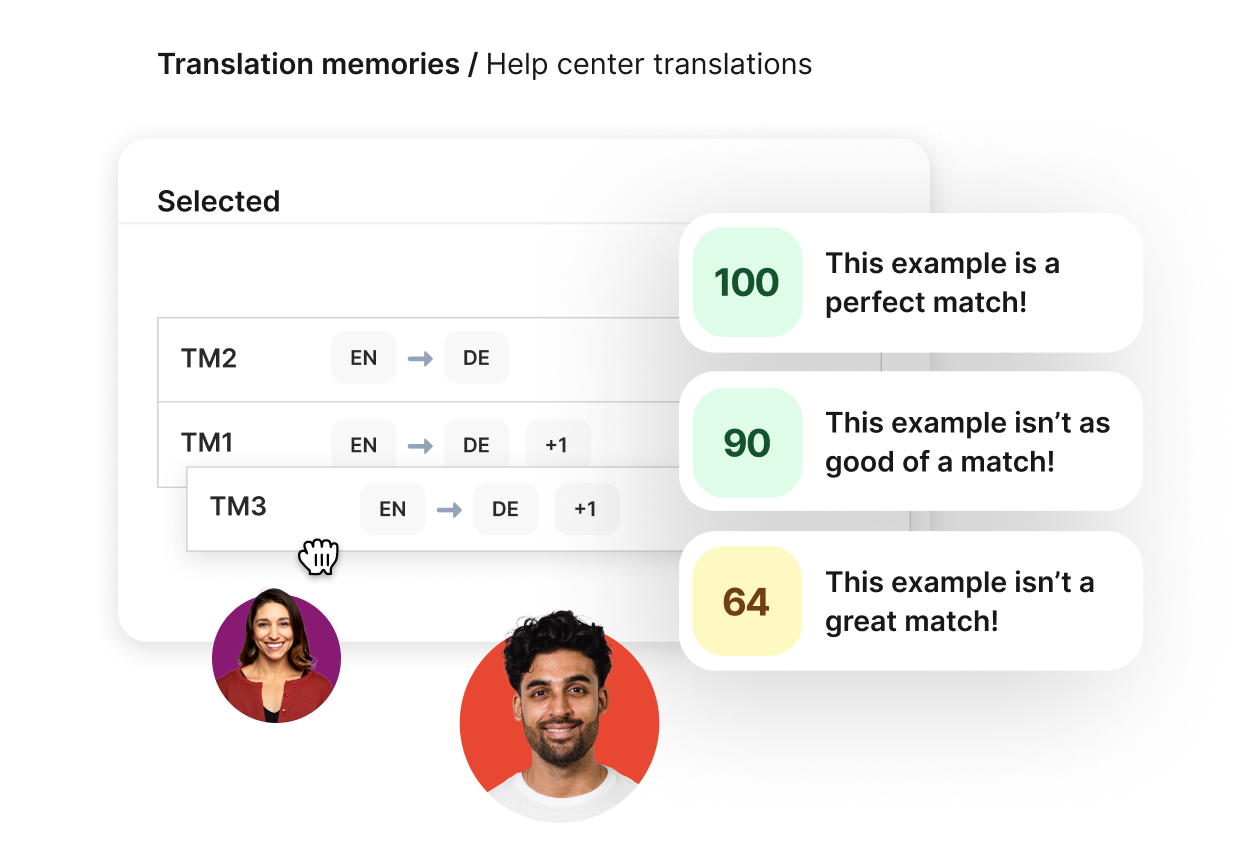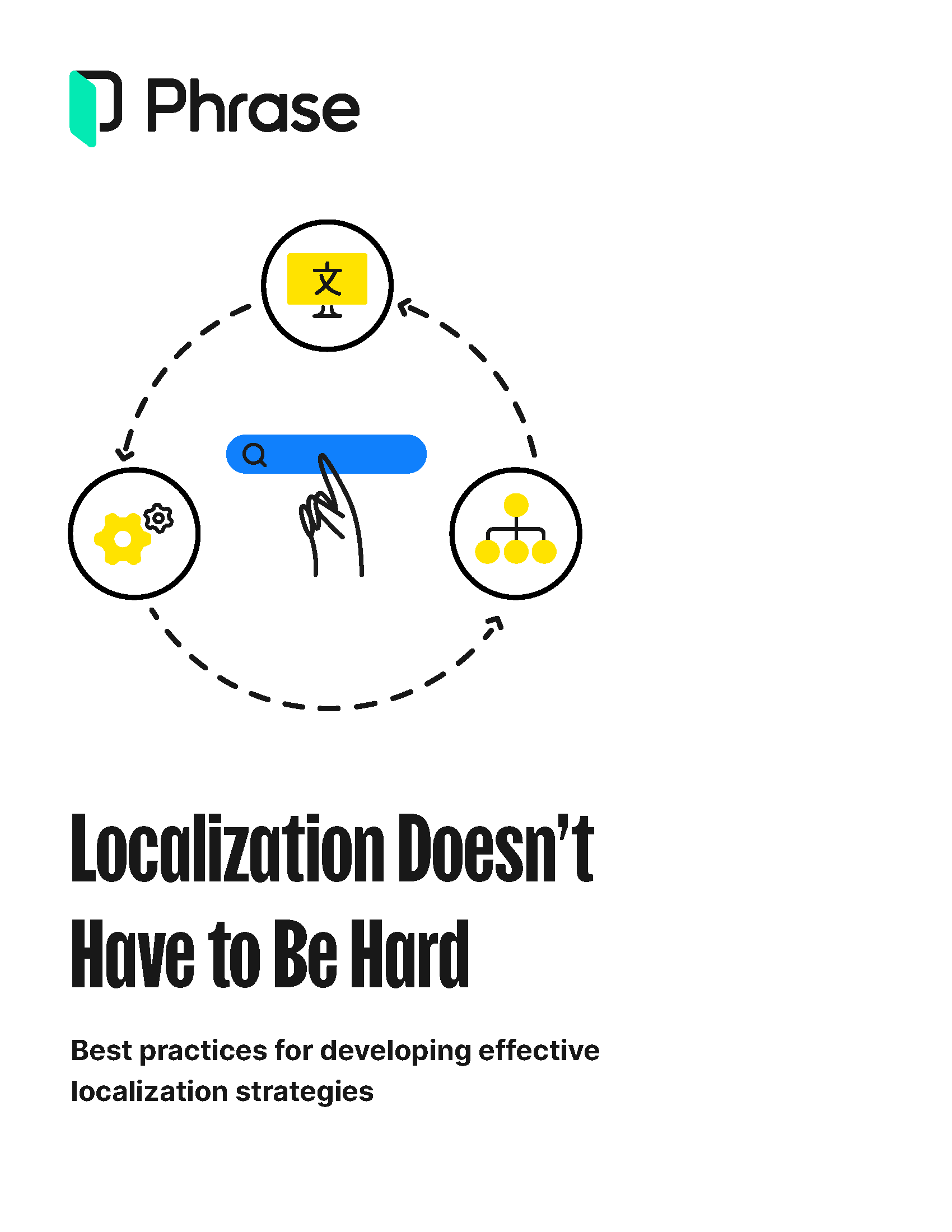Global business
Global Marketing Strategy: Balancing Brand Consistency with Market Relevance

In the 2016 ad “Unlimited You,” Nike tugged on the heartstrings of global viewers during the Rio Olympics. With scenes and narration showing people of different ages and backgrounds all participating in sports, the story tells us that each athlete, although an amateur now, will eventually become extraordinary.
Weaving together fundamental, universal themes and culturally sensitive positioning is part of what has made Nike one of the greatest global brands. This blend allows Nike to maintain its global brand identity while resonating deeply with consumers across different cultures.
If you’re stepping into new markets, a global marketing strategy will be your pathway to success. This guide is all about helping you find that perfect balance where your global ambitions meet local appeal. It’s more than just tips and tricks—consider it a roadmap for thriving in a global market that never stands still.
What is a global marketing strategy?
A global marketing strategy is a plan that a company implements to promote a product internationally, balancing global brand consistency with local market relevance.
It takes into account the cultural, economic, social, and political differences across various countries and regions while maintaining a consistent brand image and message.
Outside the domestic market, doing due diligence to understand customer needs helps businesses stand out while staying true to their brand and goals.
Why global businesses need a global marketing strategy
An effective global marketing strategy enables businesses to seize opportunities beyond their domestic markets, achieve economies of scale, mitigate risks, and build a strong and consistent global brand.
This acknowledges the interconnectedness of today’s global economy and leverages globalization to achieve long-term success in different markets.
Key benefits of a global marketing strategy
A global marketing strategy offers several advantages for businesses—including increased market reach, a stronger competitive edge, improved brand recognition, diversified revenue streams, and increased resilience during times of crisis. Let’s take a closer look at each of these advantages.
Increased market reach
Businesses can expand their operations and marketing efforts beyond their domestic market to reach audiences in multiple countries and regions.
Competitive advantage
Leveraging brand consistency, economies of scale, innovation, localized relevance, and access to resources enables businesses to offer tailored solutions to a diverse range of customers while adapting to changing market dynamics, ultimately enhancing their competitive advantage.
Brand recognition and consistency
Through meticulously crafting and maintaining a unified brand image across diverse markets, businesses can establish a recognizable identity that resonates with customers worldwide. Through strategic localization efforts that acknowledge cultural nuances while upholding core brand values, you can ensure that your offerings remain relevant and relatable in various regions.
Diversified revenue streams
A global marketing strategy serves as a catalyst for revenue diversification by enabling businesses to access diverse consumer bases with varying preferences, behaviors, and economic cycles. Reduced reliance on a single market’s performance mitigates risks associated with market-specific fluctuations. As the strategy targets multiple countries, it capitalizes on pockets of demand and purchasing power, thereby creating new avenues for revenue generation.
Improved crisis resilience
Reaching diverse markets buffers the impact of crises that may affect specific regions or industries. A global marketing strategy’s diversified revenue streams provide a safety net, minimizing the detrimental effects of economic downturns or local disruptions. The broadened market presence also allows companies to adapt quickly by shifting focus to more stable markets when facing market-specific challenges.
DIVE DEEPER
What is localization, and why does it matter?
Find out why localization isn’t the same as translation and how it can support companies in expanding the global footprint of their business.
What makes a global marketing strategy
A comprehensive global marketing strategy integrates market research, cultural understanding, strategic planning, and synchronized execution across diverse markets. Aligning brand identity, messaging, and product offerings maintains consistency with unique cultural contexts.
This strategy capitalizes on economies of scale, leveraging operational efficiencies and resources across borders, while also localizing adaptations to accommodate distinct consumer behaviors and preferences.
Successful global marketing strategies are innovative and adaptive—enabling businesses to navigate regulatory landscapes, language barriers, and varying market dynamics.
Through strategic partnerships, technological leverage, and a keen focus on trends, a global marketing strategy fortifies brand presence, spurs growth, and fosters connections with customers worldwide.
Key elements and principles of a global marketing strategy
Knowing the essential components of a global marketing strategy can help you plan your own strategic process:
Understanding the impact of cultural and linguistic differences
Cultural and linguistic differences significantly impact global marketing strategies. Strategies must be localized to align with cultural norms, values, and linguistic nuances. Effective communication transcends language barriers, builds trust, and resonates with diverse audiences, enhancing brand perception and market success.
Striking a balance between global brand consistency and local relevance
In-depth market research informs localized adaptations, ensuring products, packaging, and promotions align with each region’s unique consumer behavior. Meanwhile, a core brand identity anchors each market’s strategies with the overall brand.
Creating compelling messaging for a worldwide audience
Identify universal values, crafting a core message adaptable to diverse cultures. Use inclusive language, relatable stories, and sensitive visuals. Incorporate cultural insights and feedback for relevancy and to foster emotionally resonant messaging.
Designing for global accessibility and localization
Designing a globally accessible and localized marketing strategy involves prioritizing inclusivity and adapting content. Ensure user-friendly structures, alt text, and subtitles for diverse abilities and languages. Responsive design caters to devices and internet speeds.
Equally important is to tailor visuals and messaging to cultural nuances—and offer accurate translations. Utilize local market insights and collaborate with regional teams for effective campaigns. Continuously assess performance and gather feedback for refinement. This approach bridges global reach with local resonance, engaging diverse audiences effectively.

FREE DOWNLOAD
Make global marketing strategies work in local markets
Harness the power of localization to effectively connect with audiences worldwide and discover best practices for making your next global marketing endeavor a success.
Leveraging automation for efficient global marketing
Global marketing strategies benefit from automation by enhancing efficiency and reach. Utilize cloud-based localization technology, email campaign tools, social post scheduling, and personalized content. Chatbots offer 24/7 support across time zones, while CRM systems centralize data for global customer insights.
Automate content translation for efficiency, monitor trends through alerts, and analyze metrics for strategy refinement. Automation optimizes processes, expands reach, and ensures consistent global experiences.
Creating an effective global marketing strategy
In the global market landscape, success heavily relies on smart planning and readiness. Breaking down global expansion, which includes understanding customer feelings and unique market traits, allows businesses to navigate complexity, mitigate risk, and harness opportunity.
| Key questions to think about when planning your global marketing strategy |
|
What are your business goals for the global market? Are you entering an established market or a new one? What markets offer the greatest potential for growth? What are the demographics of your target market? What makes the markets you’re considering unique? What aspects of your product or service do buyers appreciate the most? Which markets experience the most intense competition? What distinguishes your business from competitors in potential target markets? How can you apply the insights gained from previous global market expansion experiences? To what extent will you require customized messaging for various markets? |
Once you’ve thought out your global marketing strategy, move on to research and development using these 5 key steps.

FREE DOWNLOAD
5 traps to avoid when thinking about launching a global product
Most people ignore products in languages that they don’t speak, so give yourself the best chance of success by avoiding these 5 common mistakes in global expansion.
Step 1: Market research and analysis
- Identify target markets: Determine which countries or regions align with your business goals and have potential demand for your products or services.
- Analyze market characteristics: Study cultural, economic, legal, and competitive factors that could impact your strategy’s success in each market.
- Understand consumer behavior: Gain insights into local preferences, buying habits, and trends to tailor your marketing messages effectively.
Step 2: Segmentation and positioning
- Segment audiences: Divide your target markets into segments based on demographics, psychographics, behavior, or other relevant factors.
- Develop market positioning: Create a unique value proposition that resonates with each segment, highlighting how your offering addresses their specific needs.
Step 3: Translation and localization
- Adapt marketing messages: Tailor your messaging to each market’s language, culture, and preferences, avoiding bad translation and cultural missteps.
- Choose appropriate channels: Select marketing channels that are widely used and effective in each market, considering both online and offline options.
- Customize promotion: Adjust promotional campaigns, advertising, and content to align with local sensibilities and cultural nuances.

The right translation software for your needs
Drive global growth by automating, managing, and translating all your content with the world’s most powerful, connective, and customizable translation software.
Step 4: Consistency and brand management
- Maintain global brand consistency: Ensure that your brand identity, values, and core messages remain consistent across all markets while allowing for cultural sensitivity.
- Develop global brand guidelines: Provide clear guidelines on how the brand should be represented in various markets, including visual elements, tone, and messaging.
Step 5: Implementation, monitoring, and evaluation
- Allocate resources: Determine the budget, personnel, and tools required for the execution of your global marketing strategy.
- Set goals and key performance indicators (KPIs) along with measurable metrics: Define measurable goals for each market, such as sales growth, brand awareness, or customer engagement.
- Monitor and adjust: Continuously track the performance of your strategy in each market, gather feedback, and make necessary adjustments based on the results and changing market conditions.

Free download
Best practices for developing effective localization strategies
Explore how to tackle localization management efficiently and engage customers across the globe in their native languages and local experiences.
Global marketing strategy examples to learn from
Let’s take a look at some of the most successful examples of effective global marketing strategies worldwide:
Starbucks
Although Starbucks offers many of the same products in different markets, positioning emphasis and strategy differ between markets. For example, drinking tea is a strong aspect of Chinese culture that Starbucks tapped into by emphasizing Teavana products.
Lay’s
Local celebrity endorsements help Lay’s products appeal to other cultures within new markets. The actors Ranbir Kapoor and Alia Bhatt work as brand ambassadors in India, helping Lay’s reach Indian consumers.
Domino’s
Emphasizing flavors and ingredients that fit local preferences helps Domino’s compete effectively against other pizza restaurants. In Vietnam, advertising that the restaurant carries shrimp, seafood, and local spices shows it understands Vietnamese customers.
Shopify
Shopify provides localized content and case studies that highlight success stories from businesses operating in different regions, showcasing how the platform can support various entrepreneurial endeavors globally.
Uber
In offering ridesharing in different markets, Uber has to use unique approaches in some locations to stay competitive and stand out. In the UAE, taxi services are often about the same price as using Uber, but Uber offers other services such as a helicopter service. Uber focuses on consumers who are often already familiar with the brand, such as travelers to Dubai.
Blending brand consistency and local resonance is the way forward
In an ever-evolving global market, the key to global business success lies in finding the right balance between staying true to your brand and adapting your offering to local markets. With a strong global marketing strategy, you’re best positioned to create a shared identity that resonates across cultures.
By understanding the impact of cultural and linguistic differences, creating compelling messaging for a worldwide audience, designing for global accessibility and localization, and leveraging automation, your global marketing initiatives gain the power to reach and engage with loyal customers in any corner of the world.





